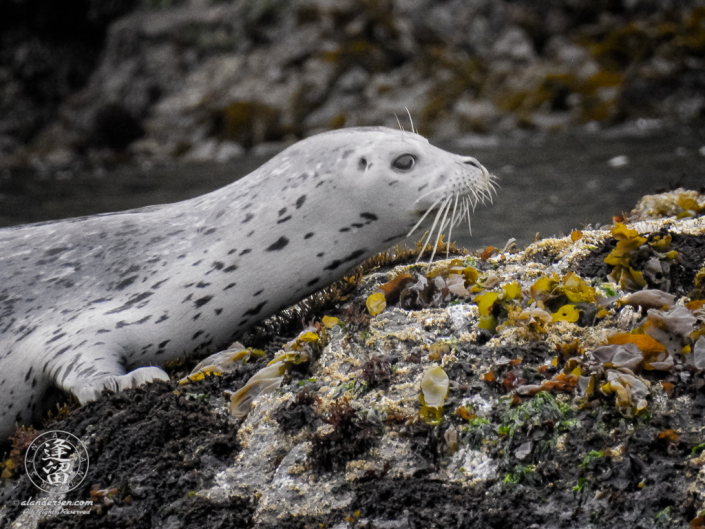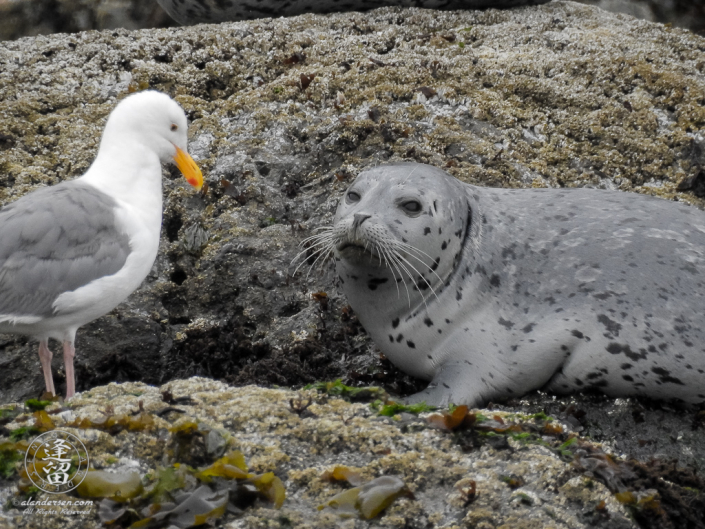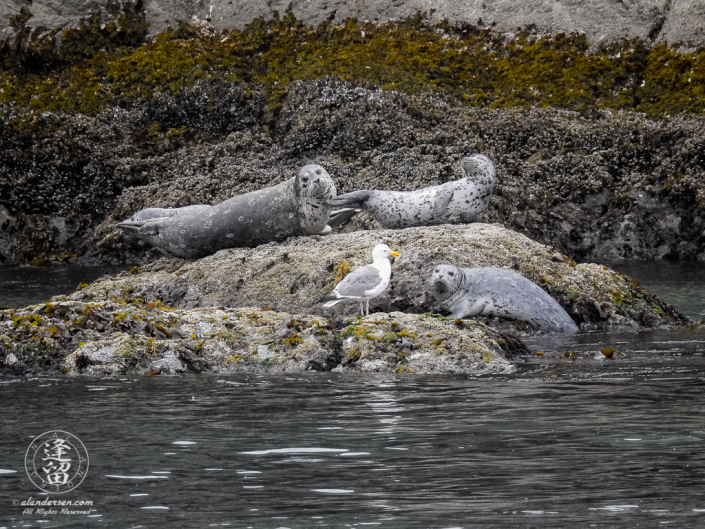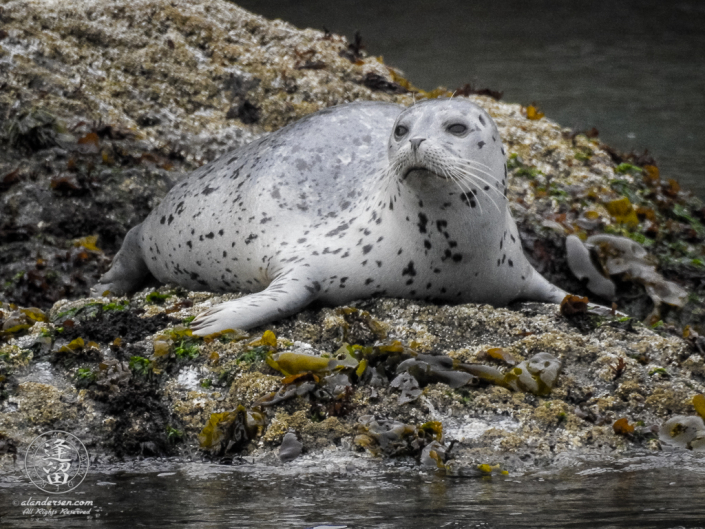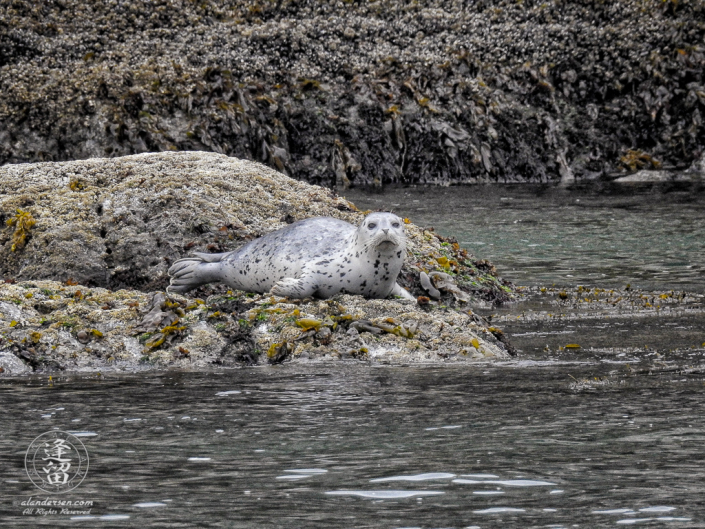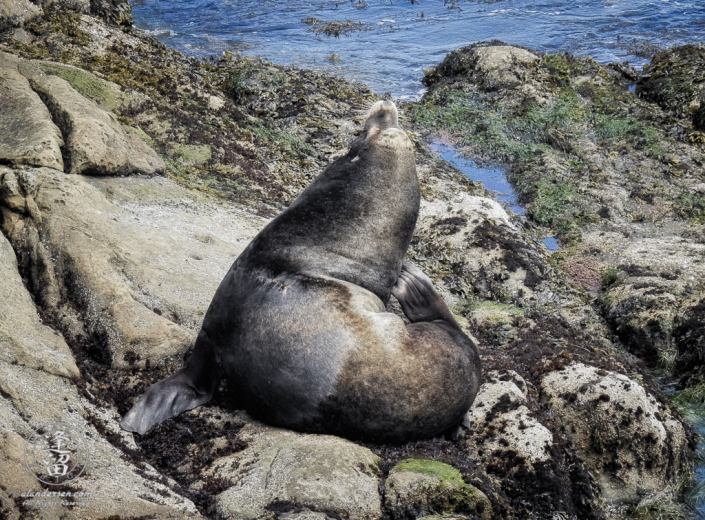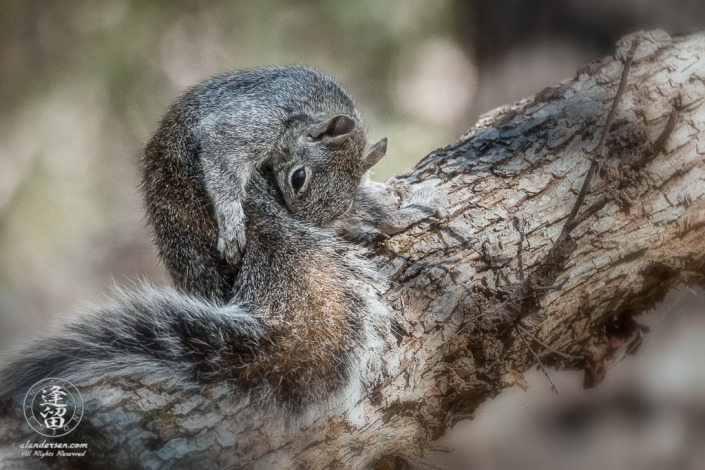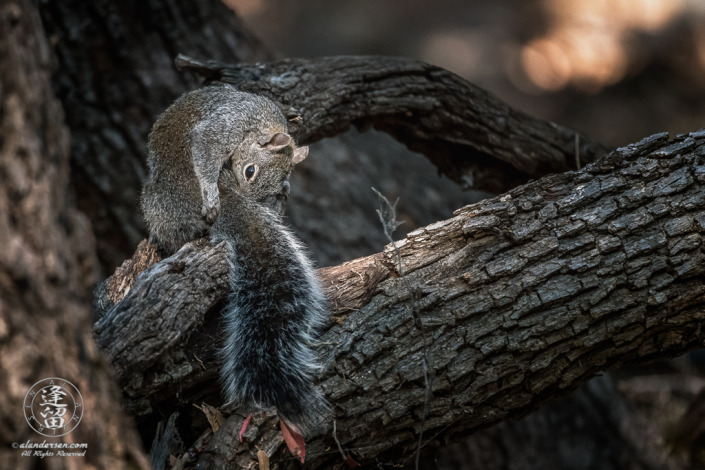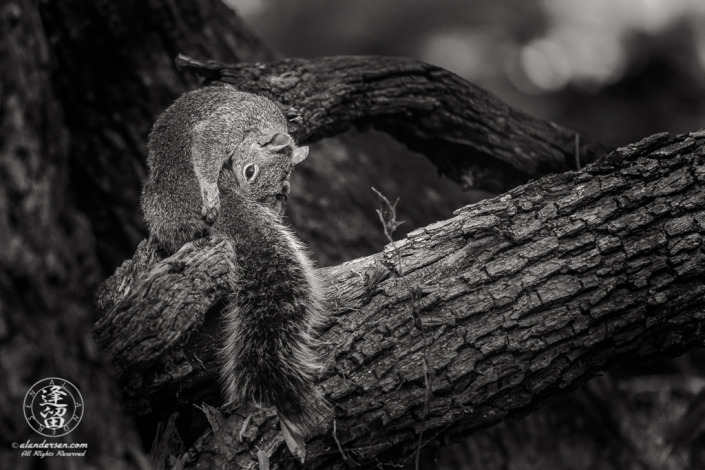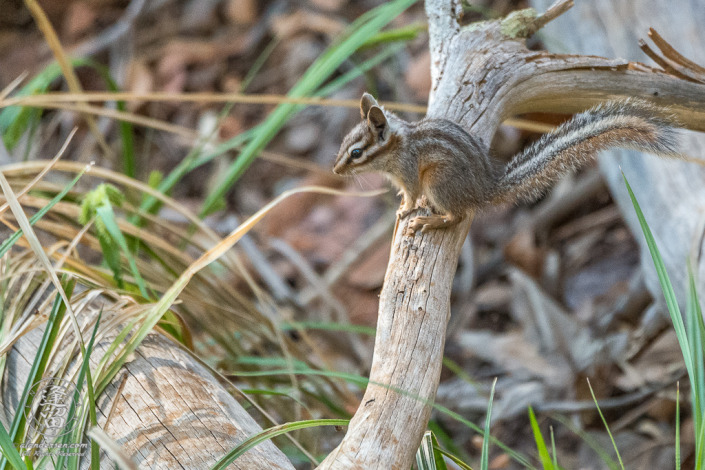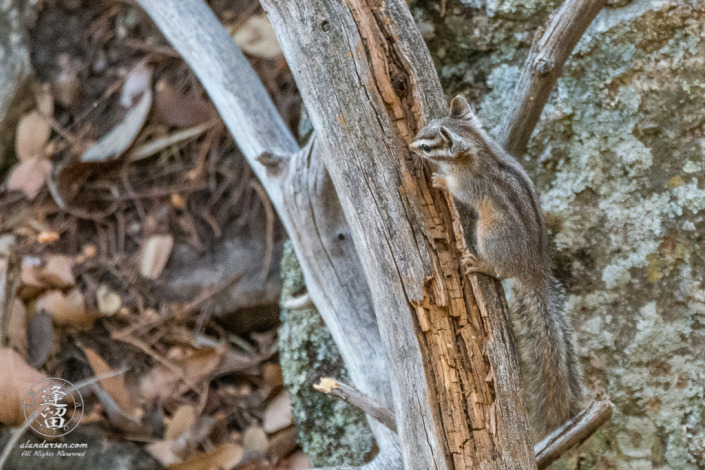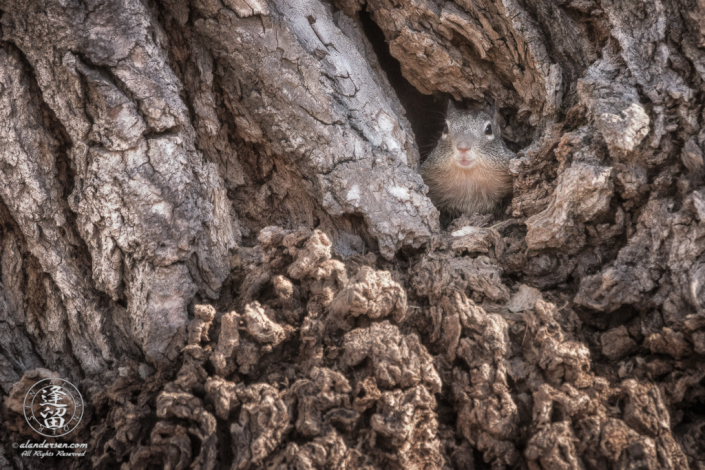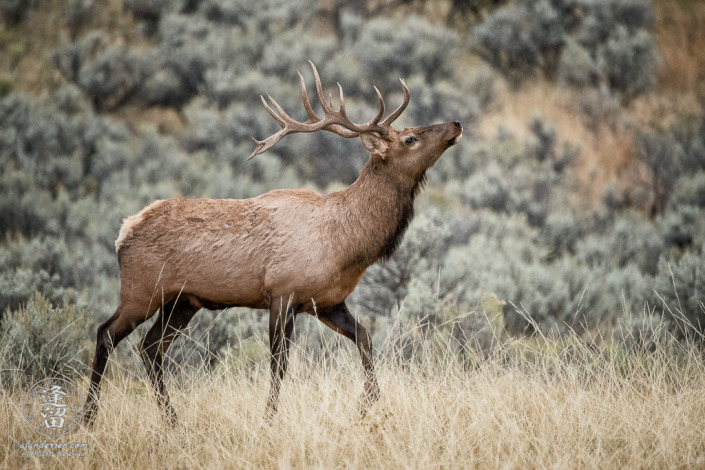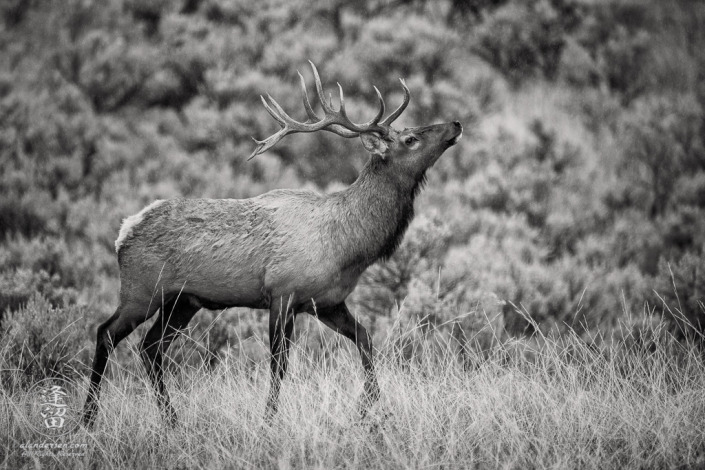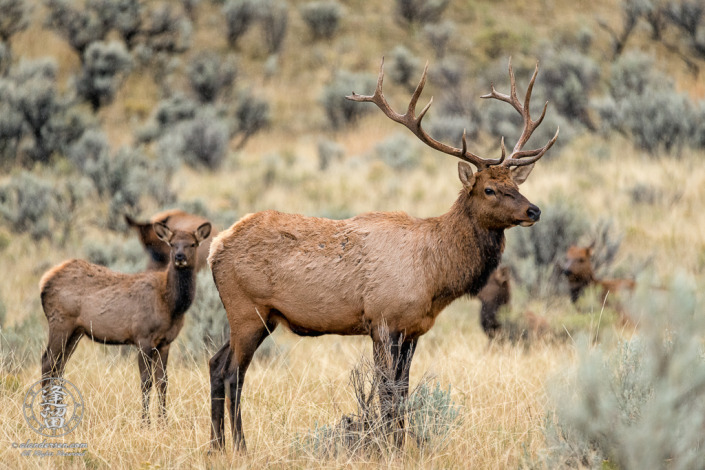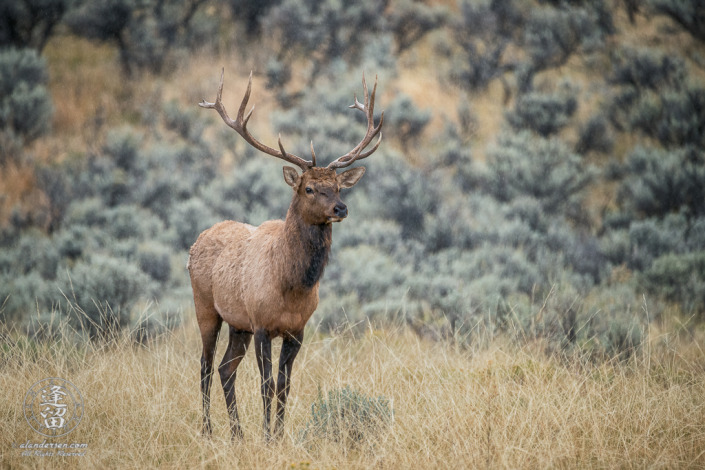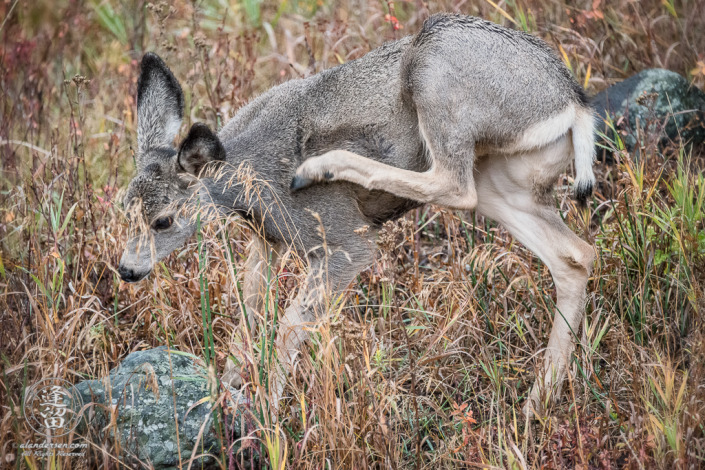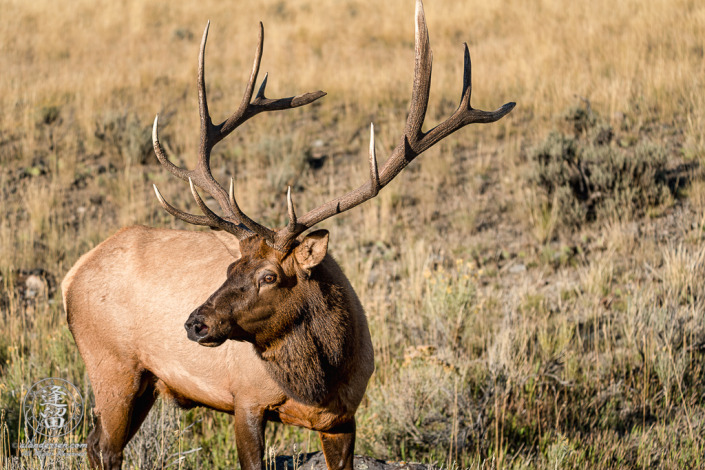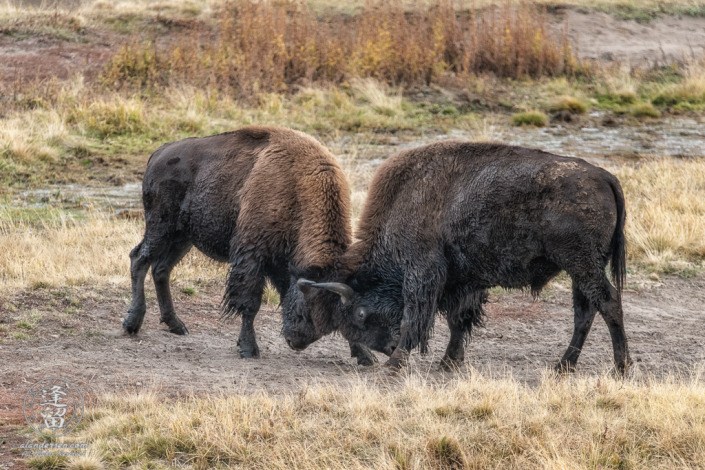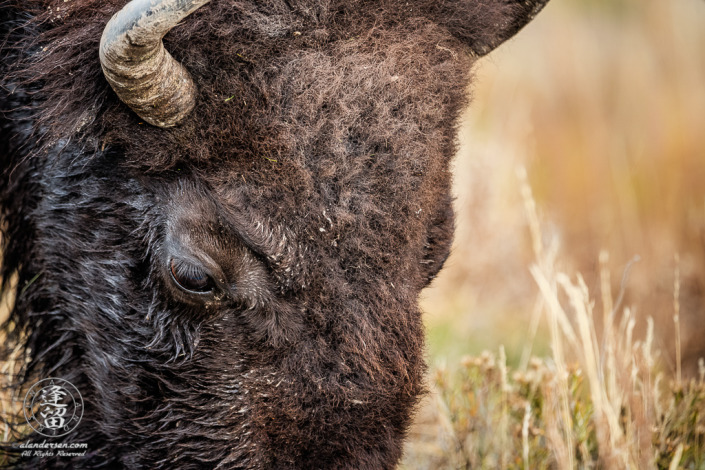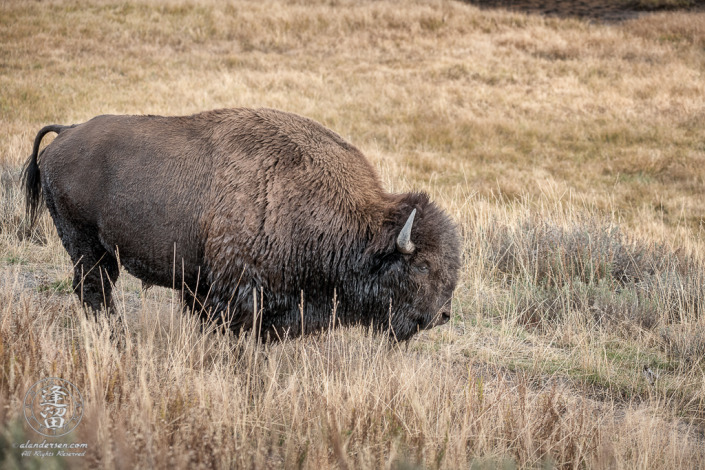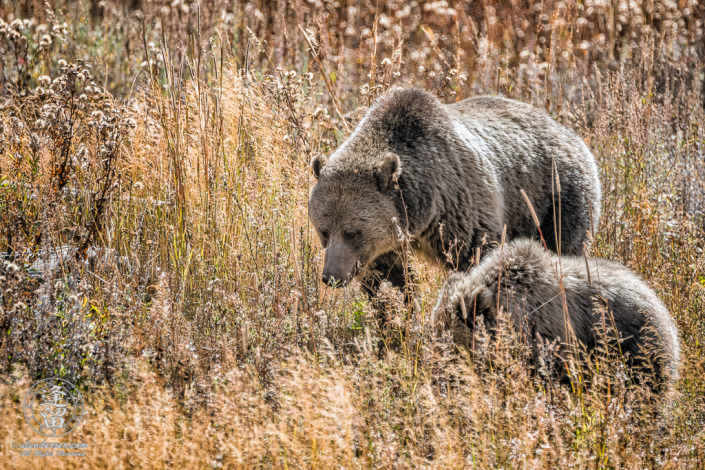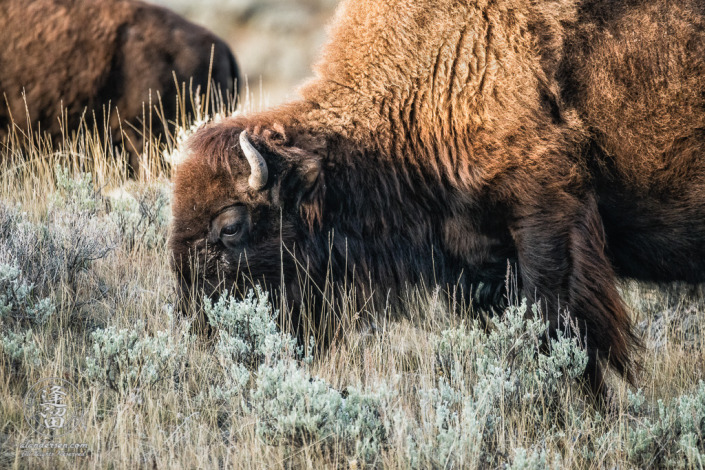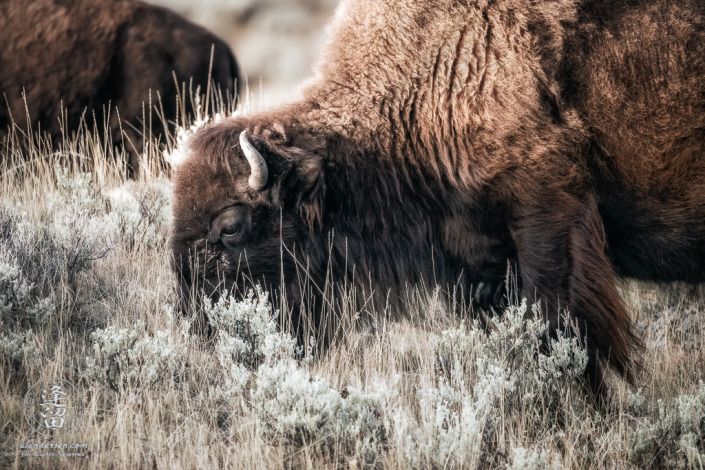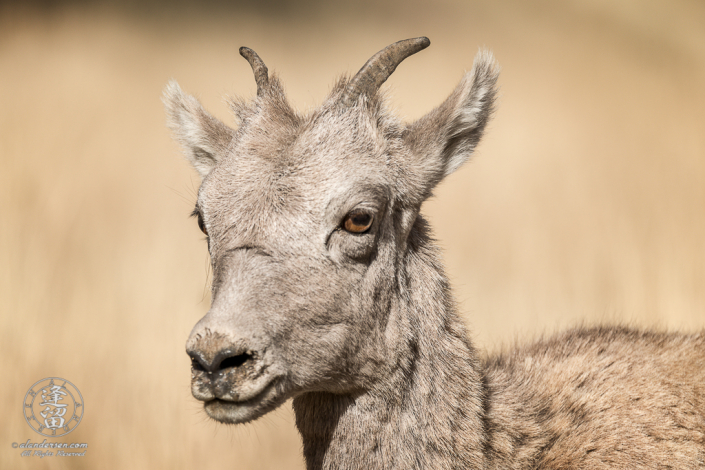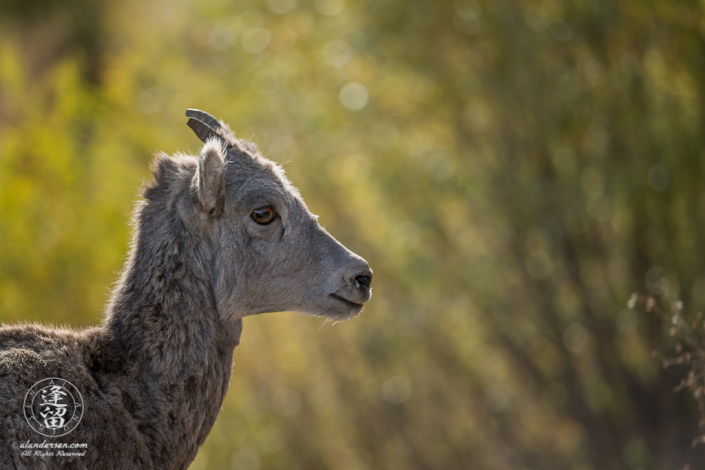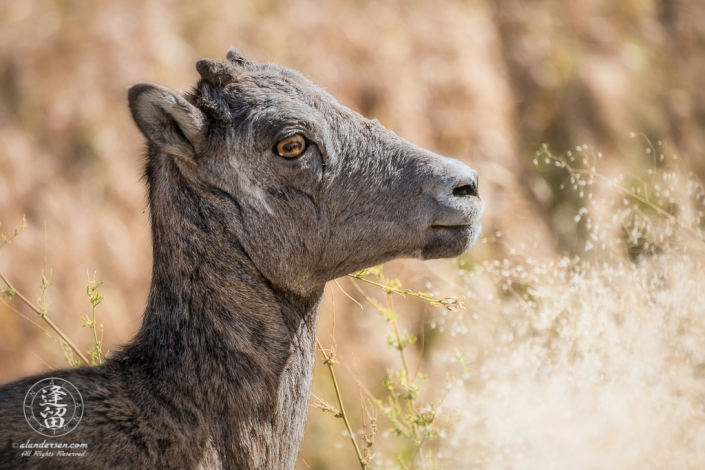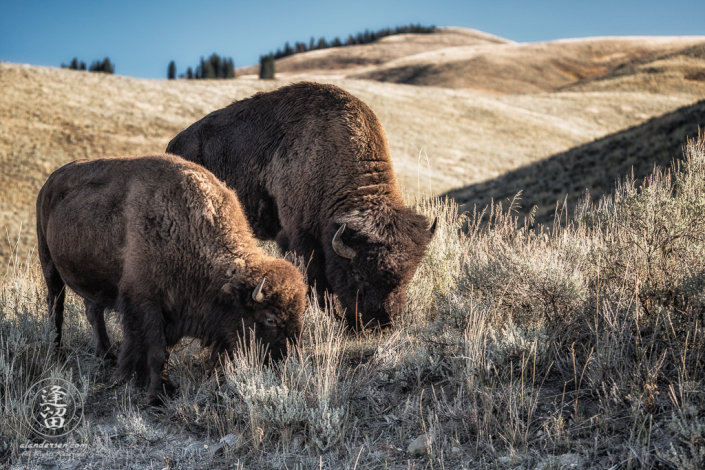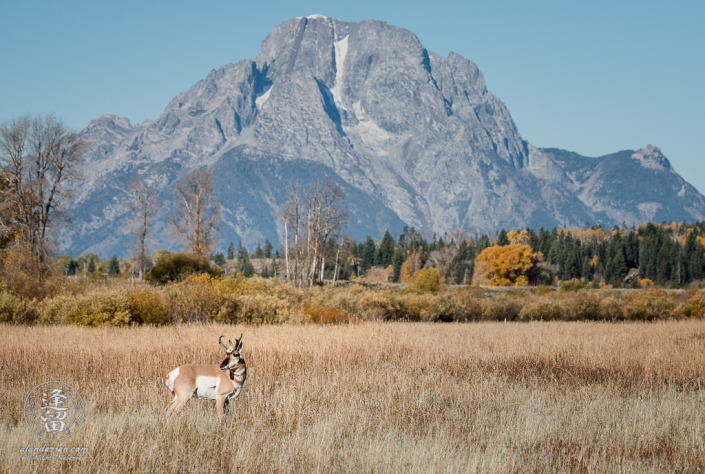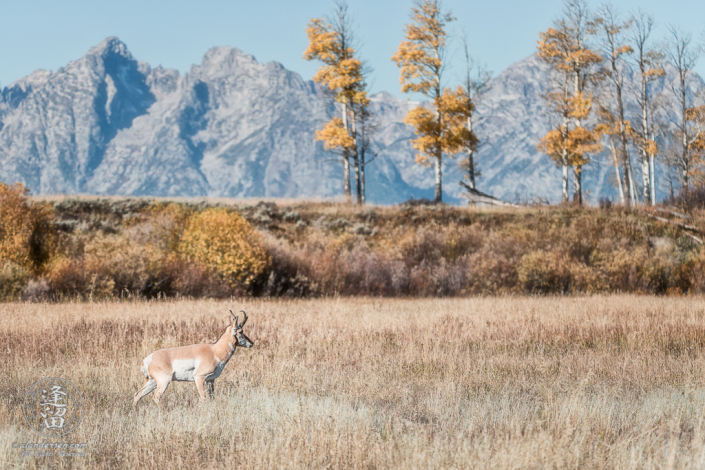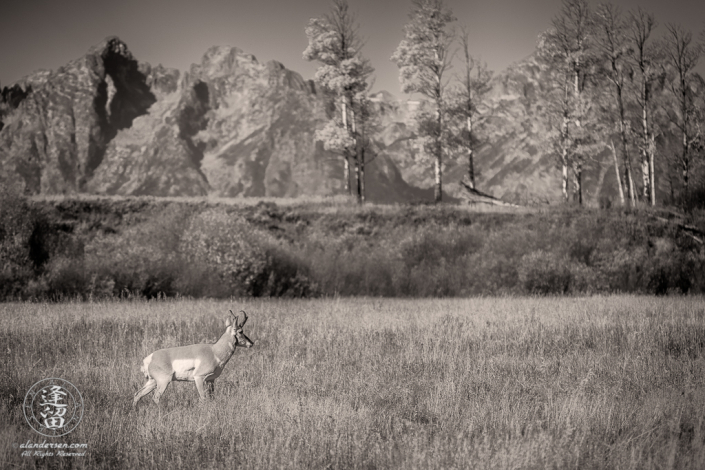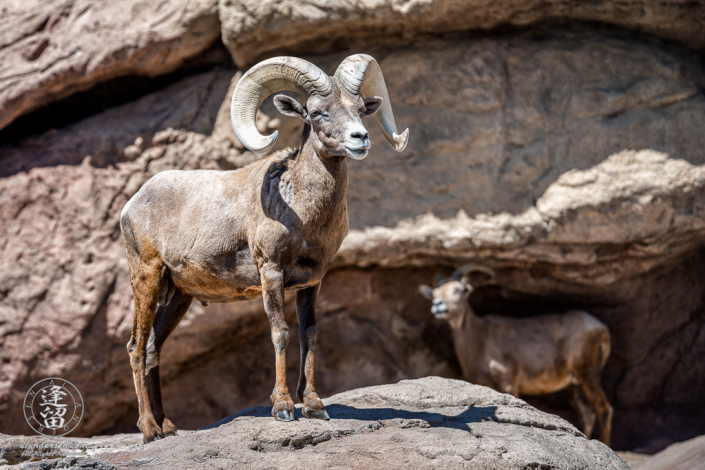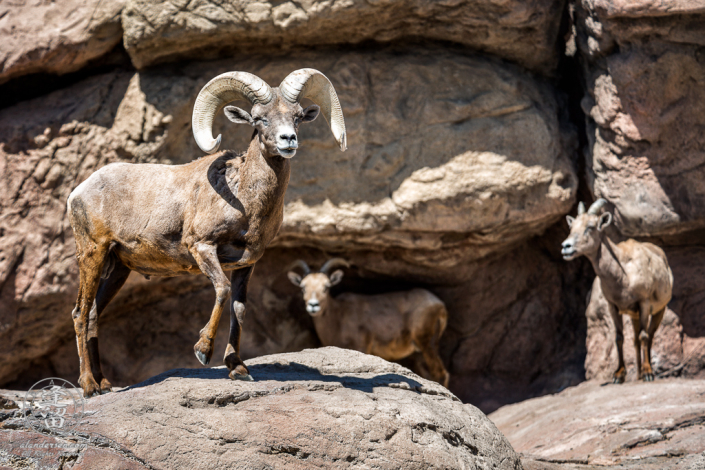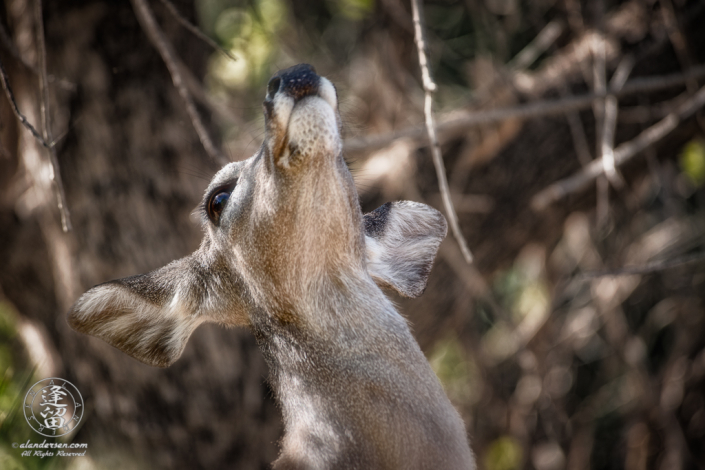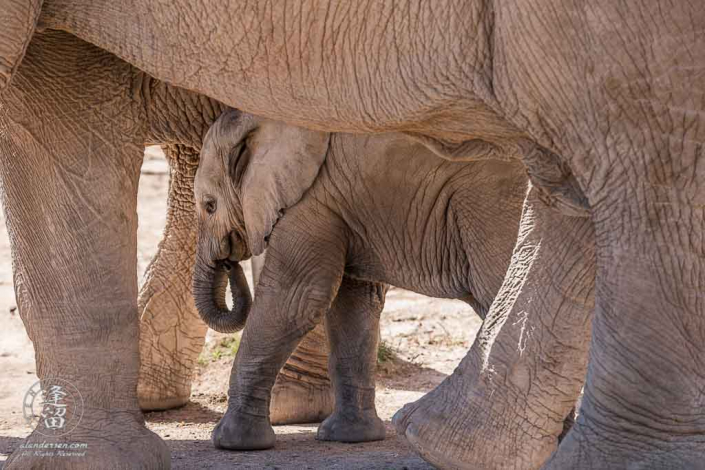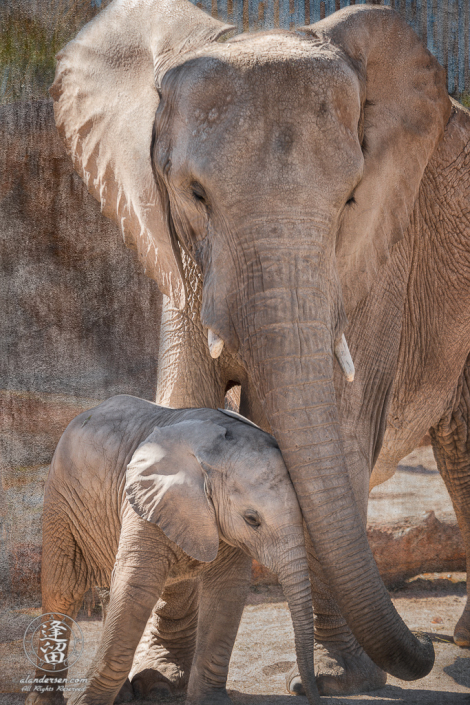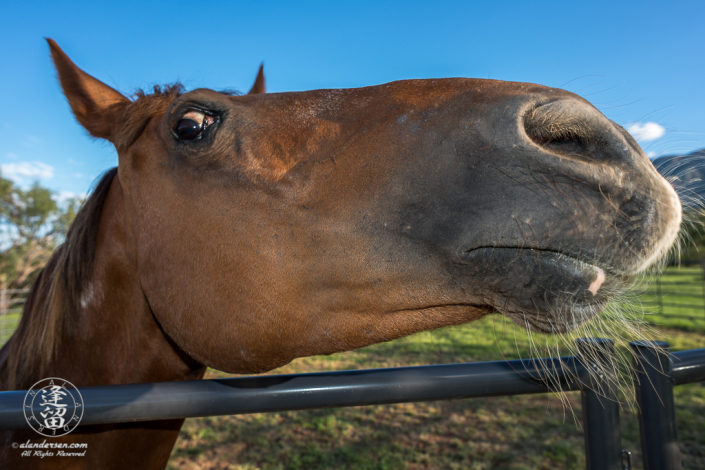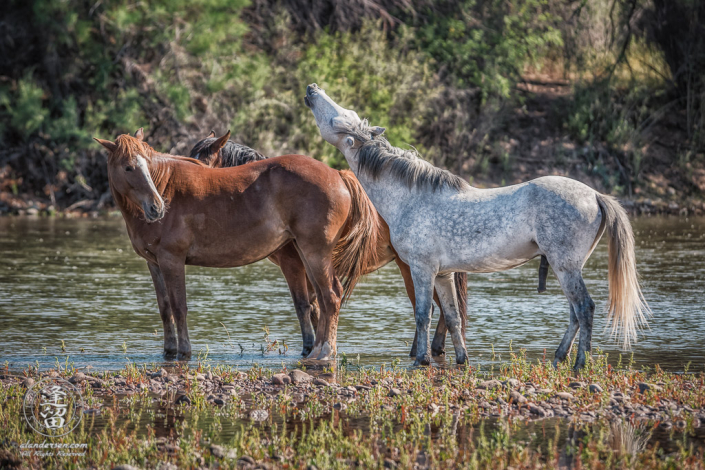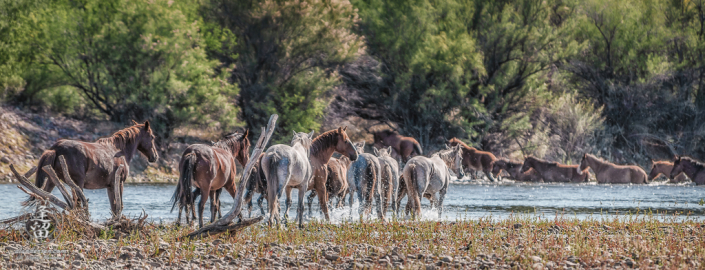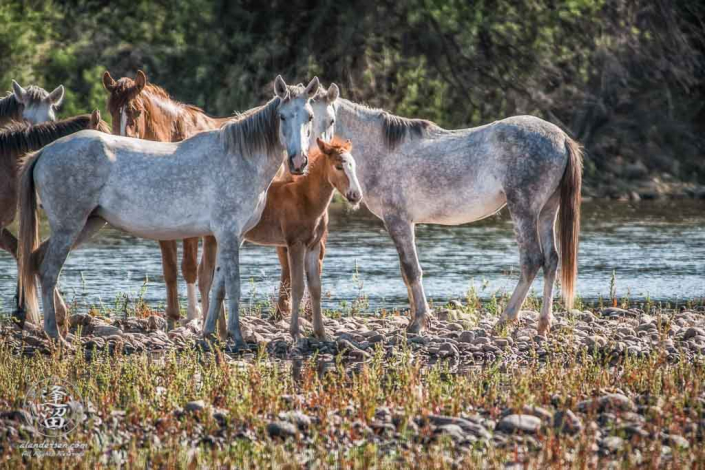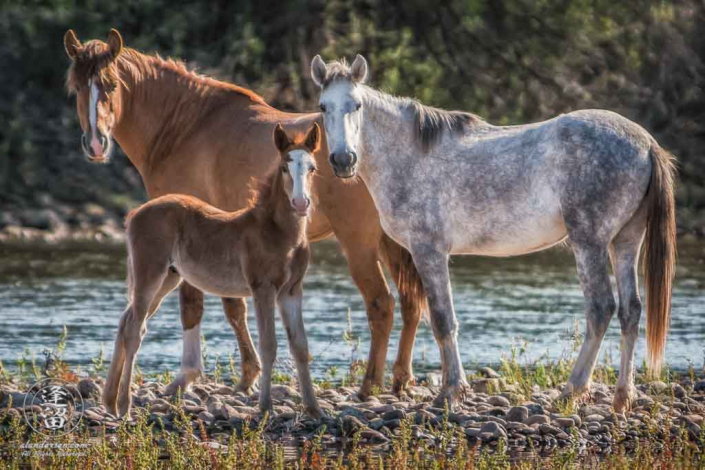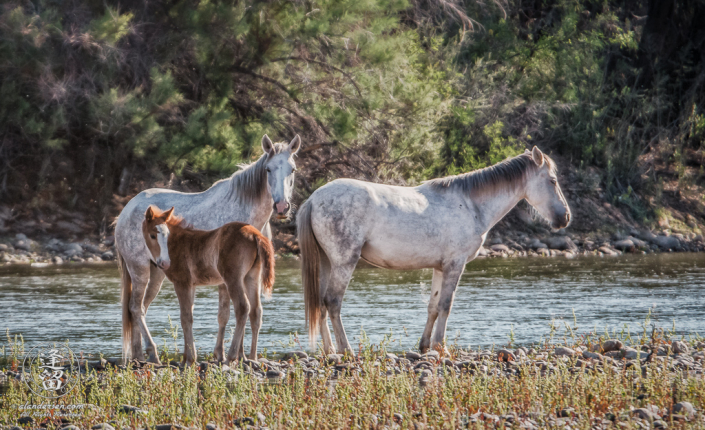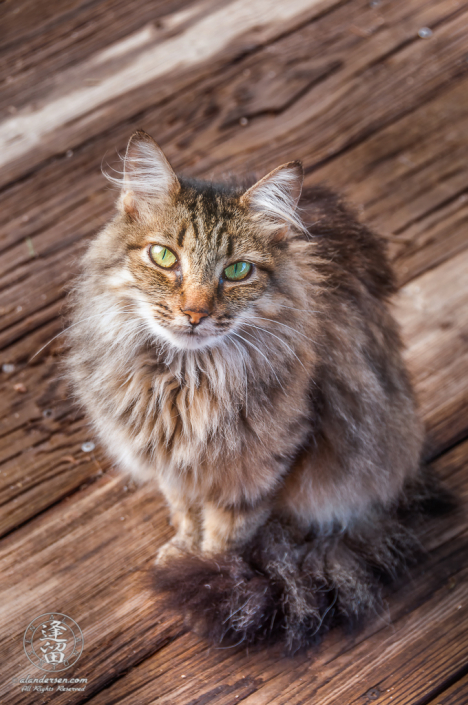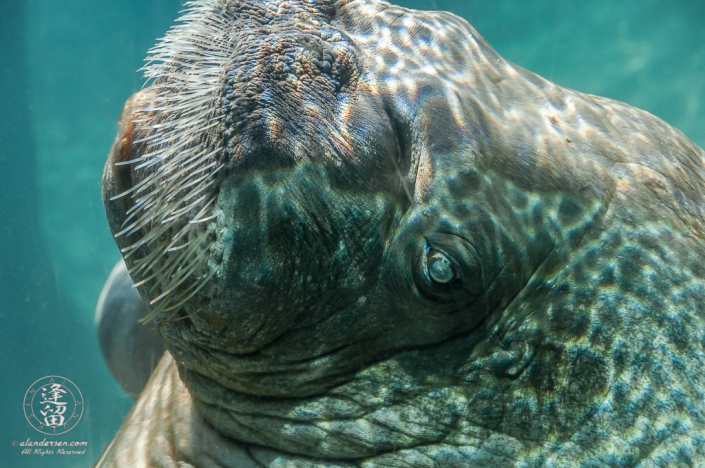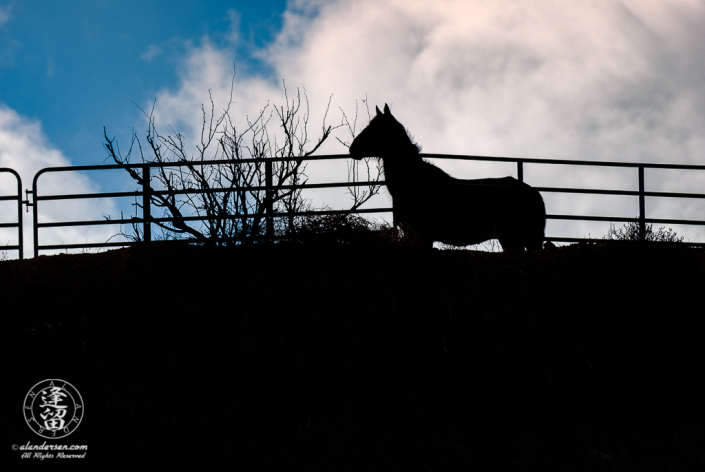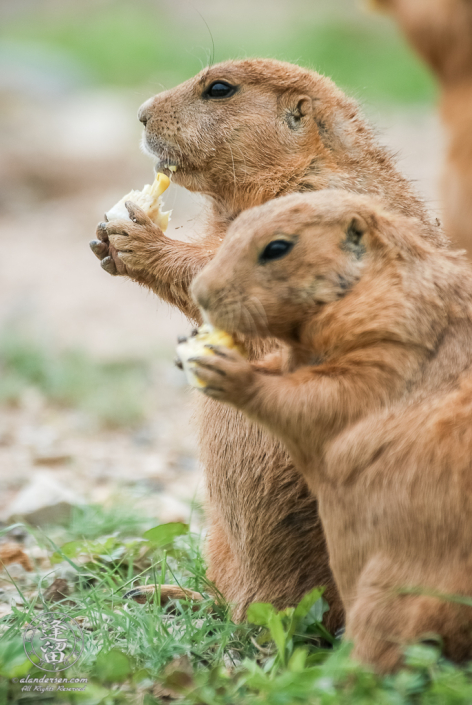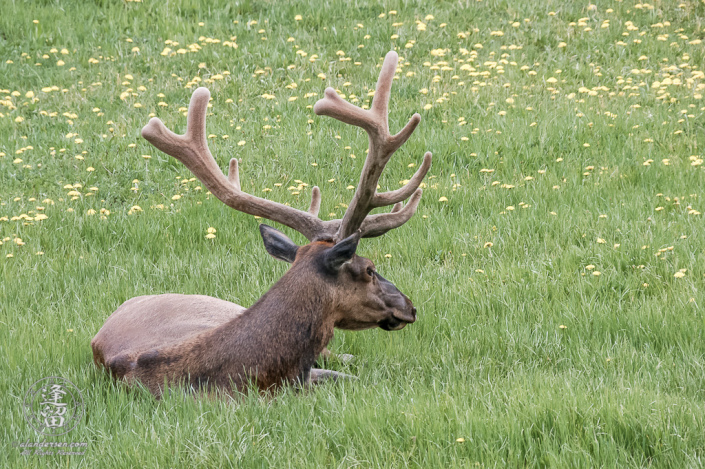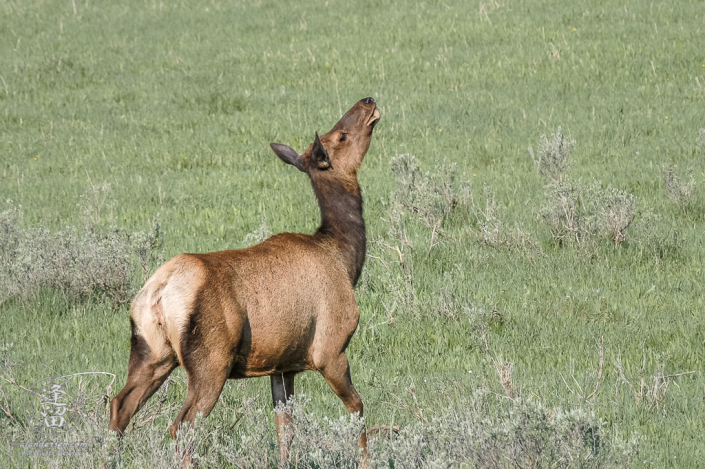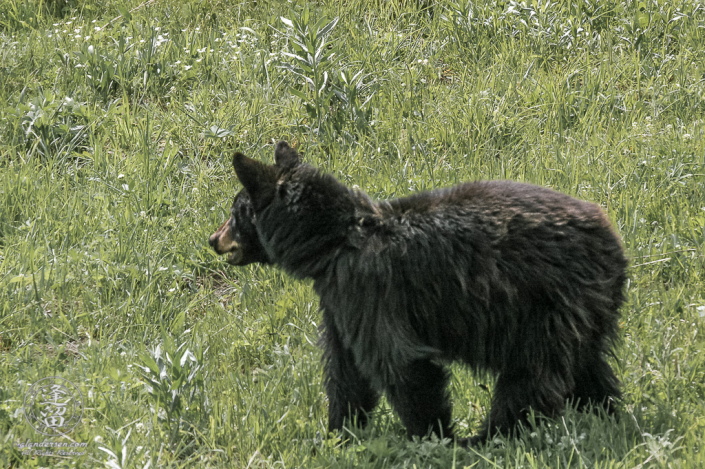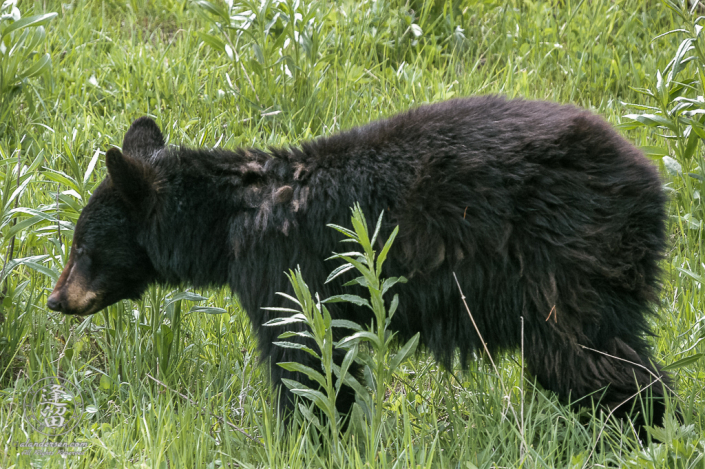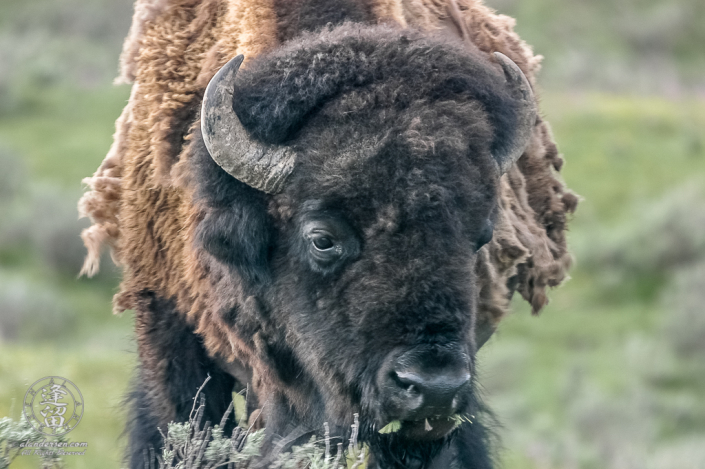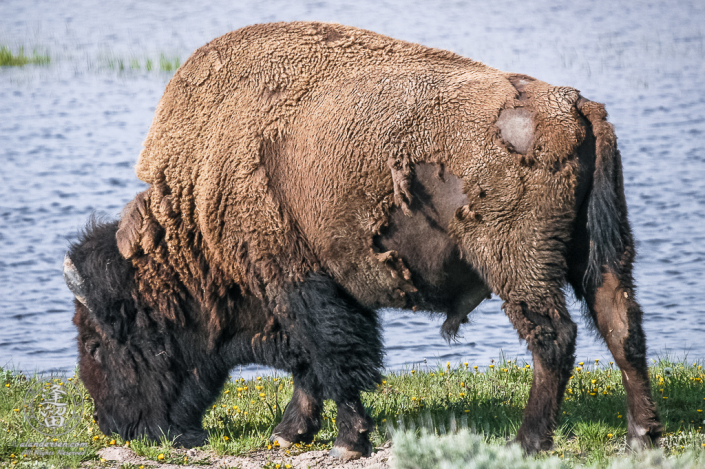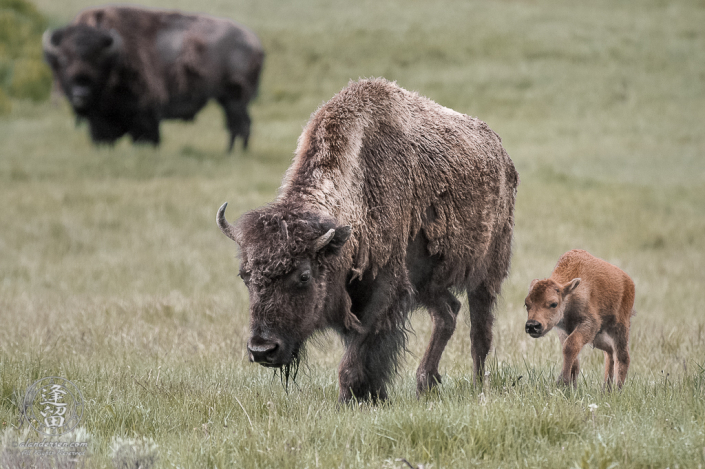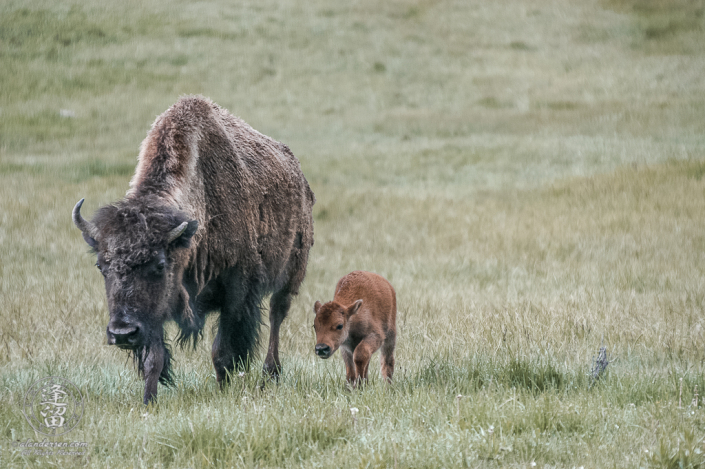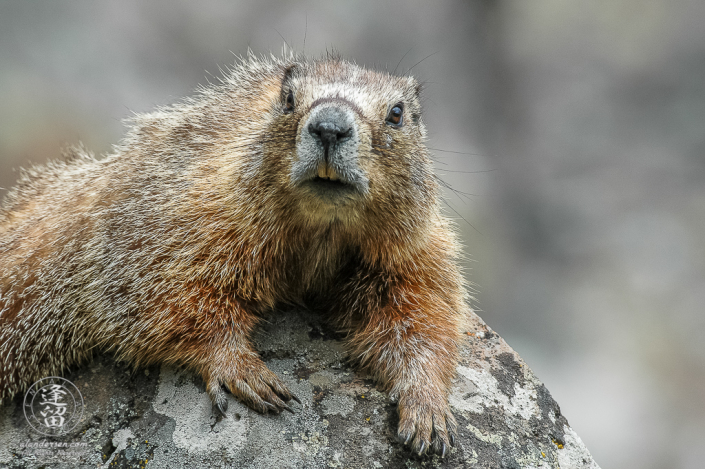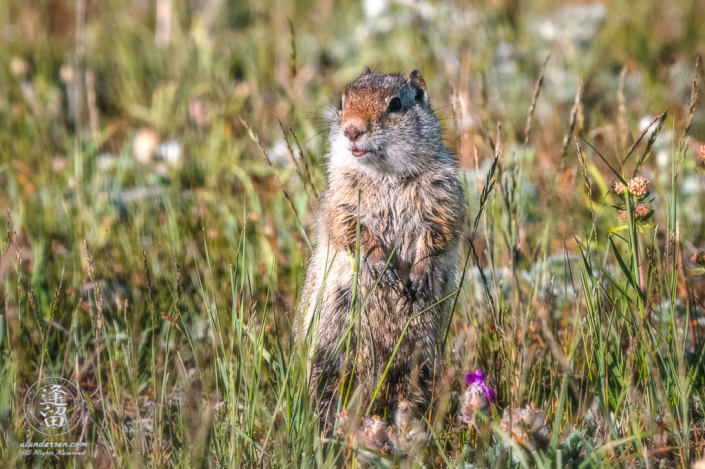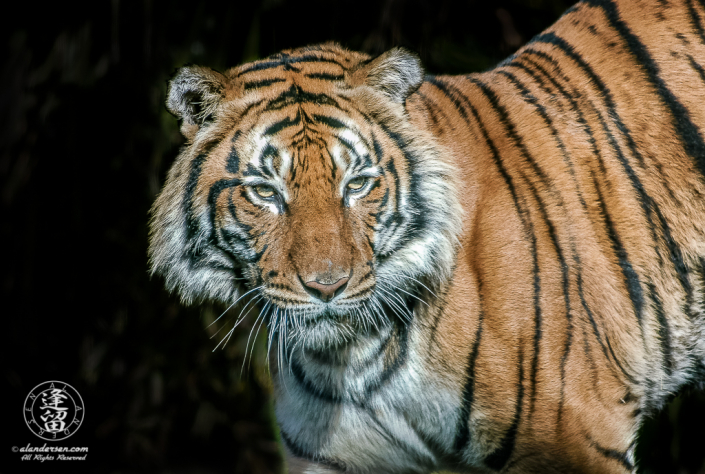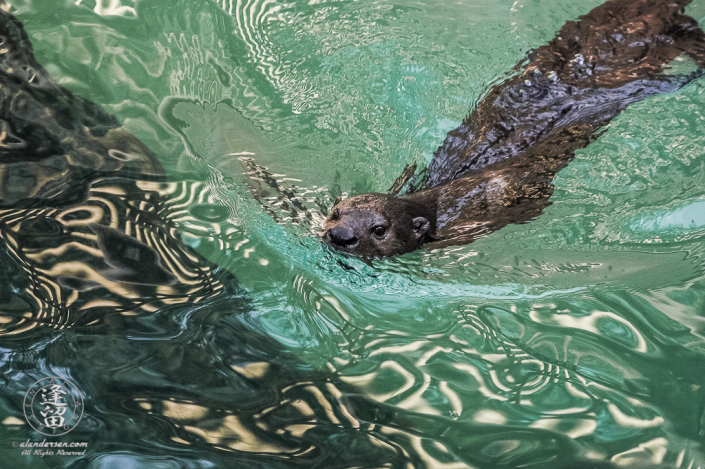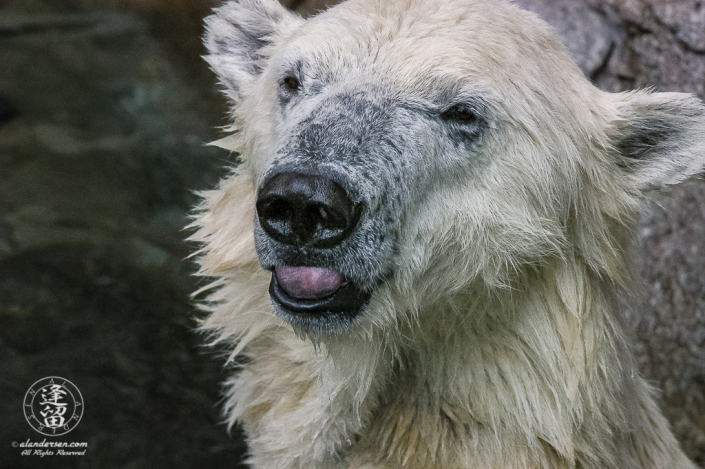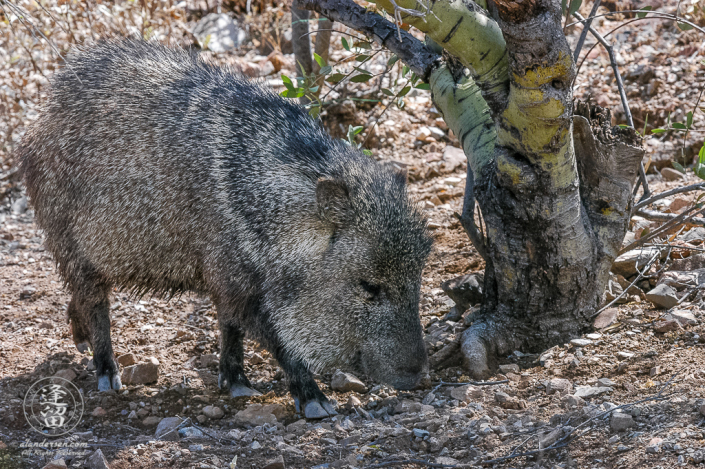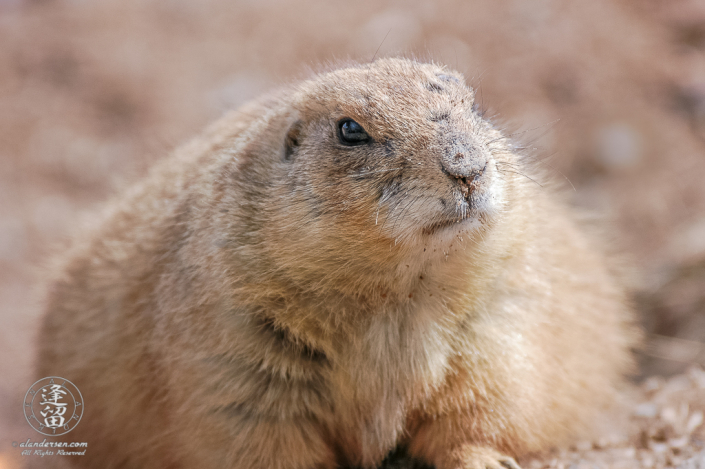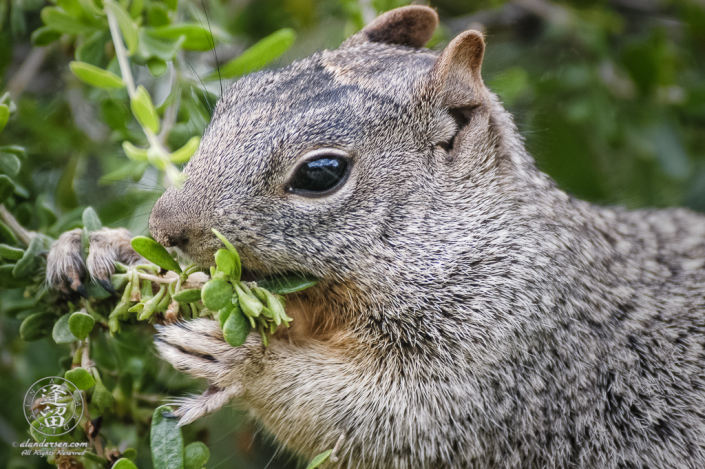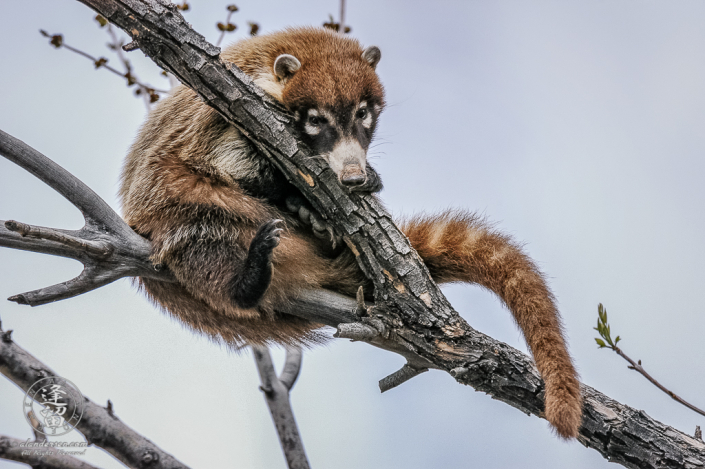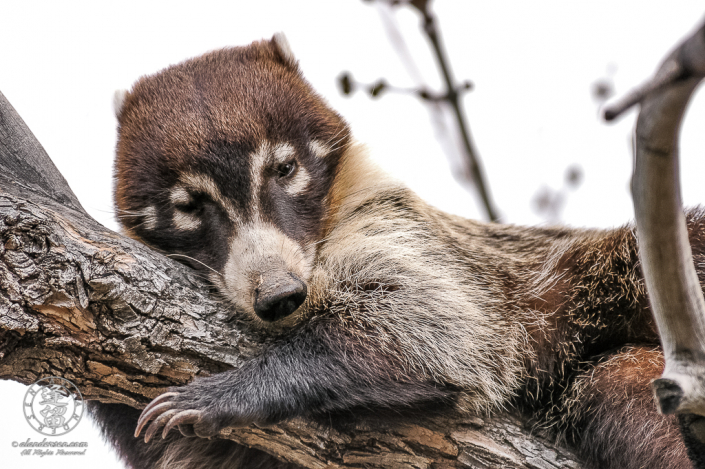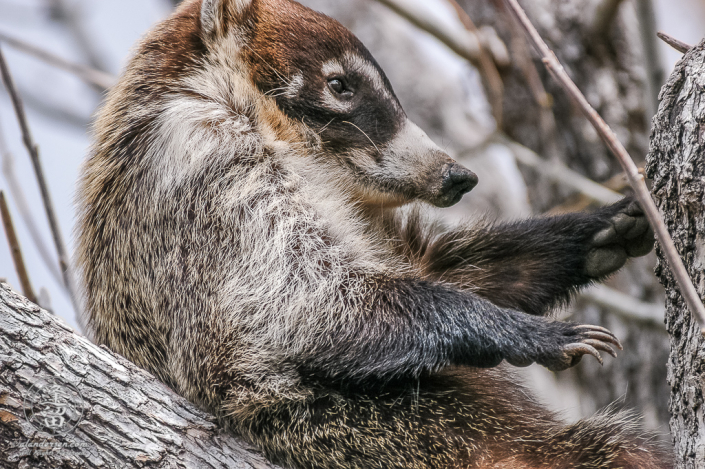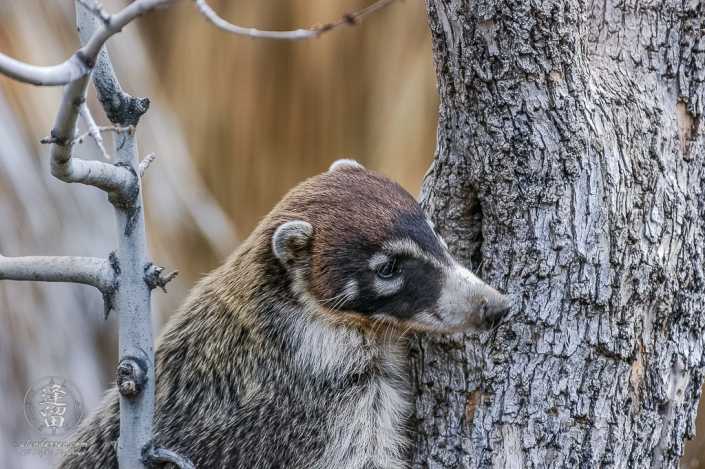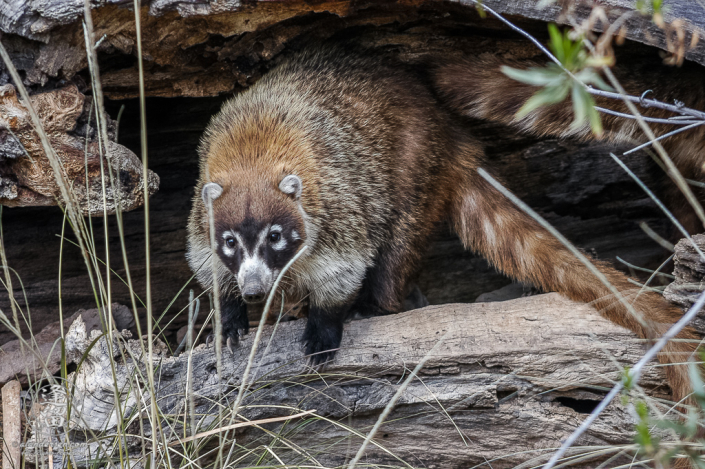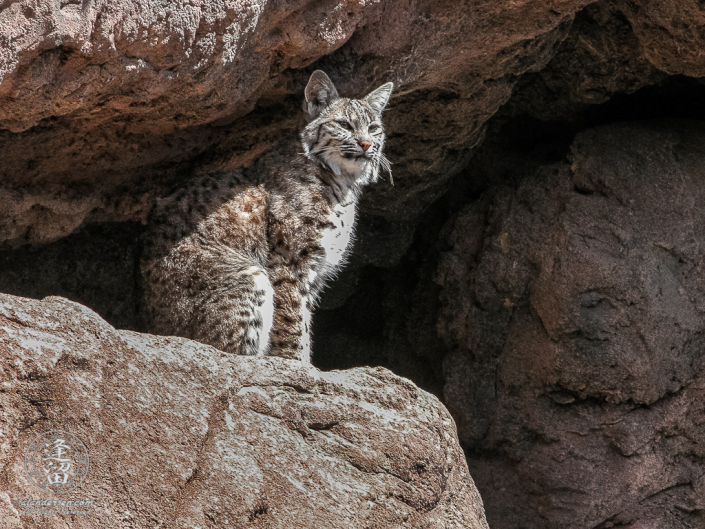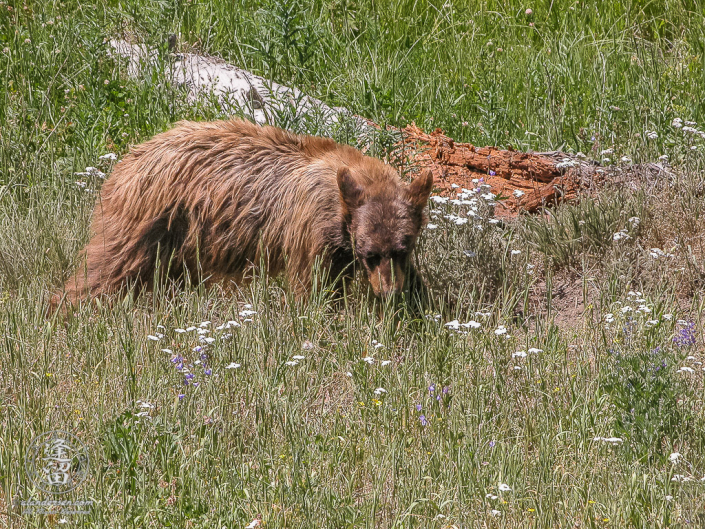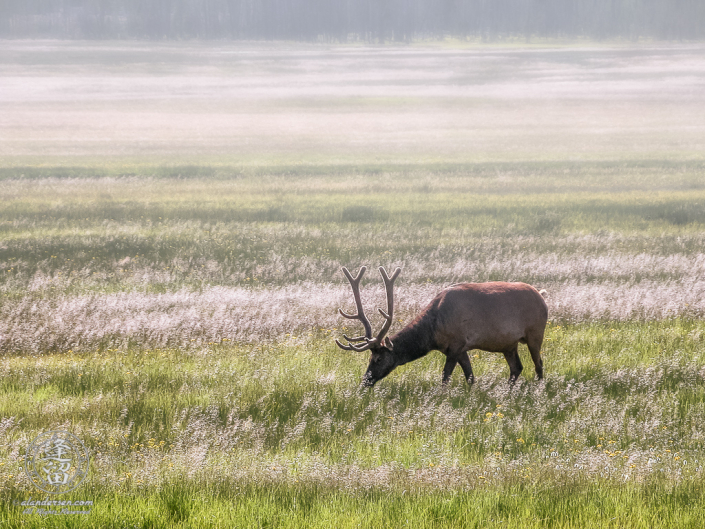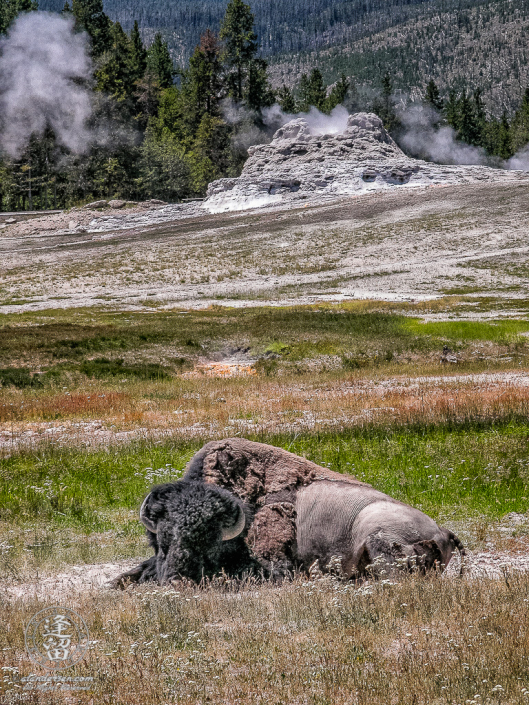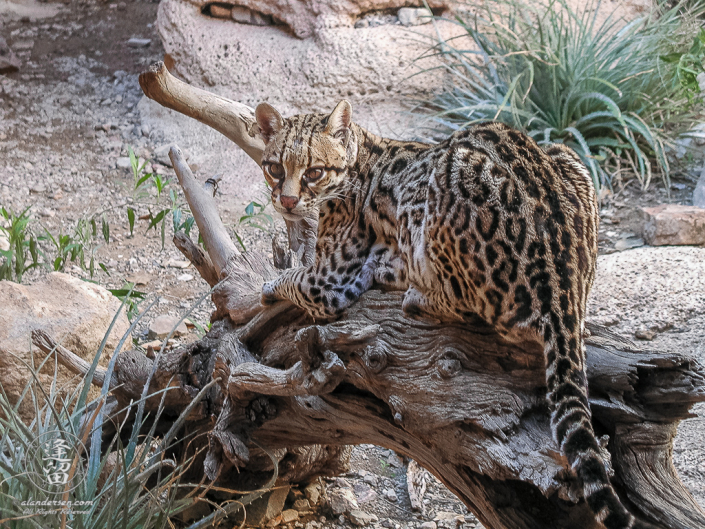Almost everyone likes pictures of mammals. What’s not to like? They’re cute! They’re magnificent! They’re awesome! They’re [insert superlative here]!
Mammals can be very small, like the Bumblebee Bat, or quite large, like the Brown bear, or even larger still, like the Blue Whale. Wait a minute, a what? Yes, the Blue Whale is a mammal: it has a body mostly covered with hair (OK, not so much for whales), it gives birth to live young, and it nourishes those young with milk from mammary glands (hence, “mammal”). So, even though they live in the water and don’t have a lot of hair, Cetaceans like the whales and dolphins are mammals. Some egg-laying creatures like the Platypus and Spiny Anteater are also mammals, due to a technicality with the definition of the genre, but don’t worry, chickens will never be mammals!
The diversity of mammal kind and habitat creates a myriad of behavioral patterns, and it will behoove the photographer to learn about the animals they plan to photograph before they go out to make images of them.
First and foremost, keep your distance from dangerous mammals, which is practically all of them. People generally act stupid around wildlife. Go to Yellowstone National Park to witness this kind of behavior. People have been gored, maimed, and killed there for getting too close to the wildlife so they can capture that “special” image.
This is one of the reasons professional photographers use large telephoto lenses. These kinds of lenses let you get close to your subject without you actually having to get close to your subject. Another reason to use a telephoto lens is that for the most part wildlife is afraid of you and will run away when it sees you coming. There are always exceptions to the this “flight instinct” which many tourists in our wildlife-centric national parks can attest to.
It’s a great challenge and a thrill to photograph large wild mammals like bear, bison, coyote, wolves, bighorn sheep, and cougars. To safely and successfully capture beautiful and natural images of “big game”, a photographer must develop patience, dedication, and a complete understanding of the behavioral patterns of each creature they pursue.
These aren’t the only animals that are challenging and rewarding to photograph. There are also medium sized mammals that make excellent wildlife subjects, like the raccoons, squirrels, marmots, foxes, possum, and porcupines, just to name a few.
And don’t forget domesticated animals like dogs, cats, horses, and even cows, all of which make wonderful subjects and are more cooperative then their wild cousins.

